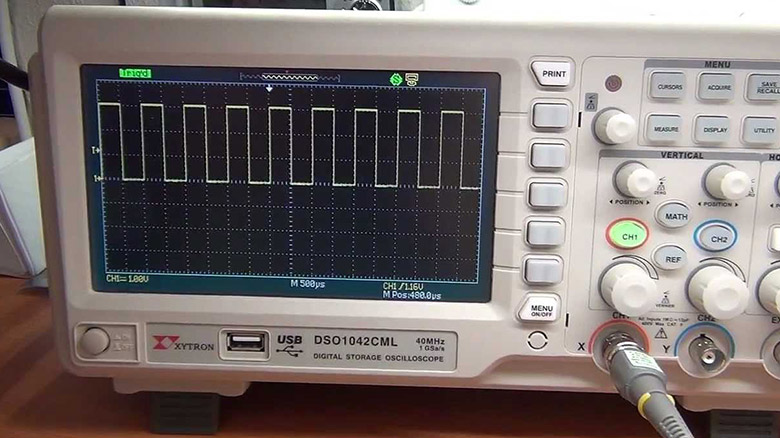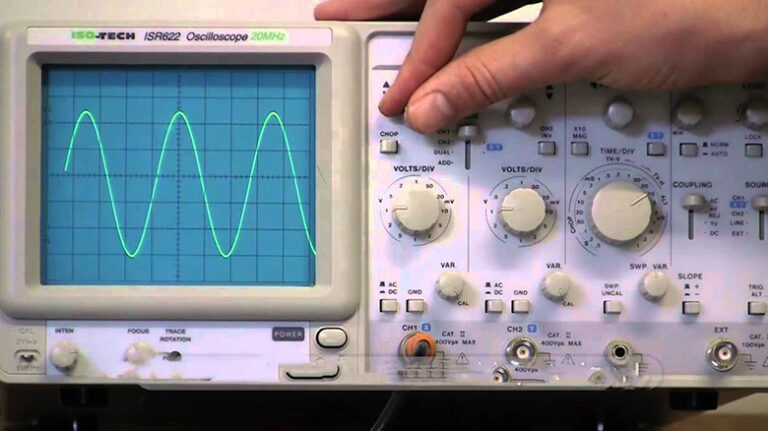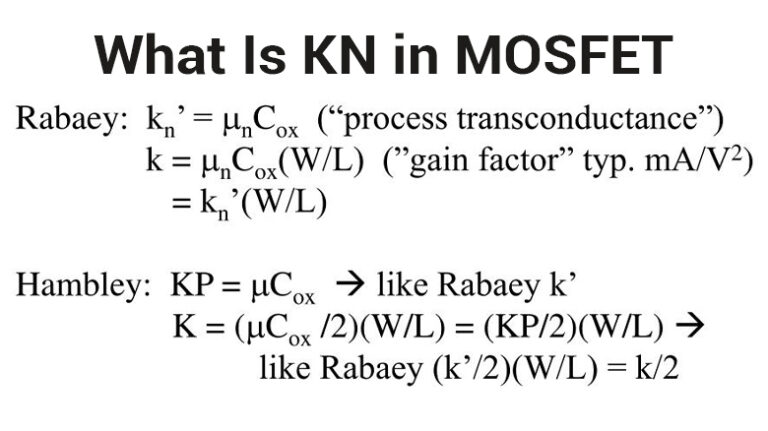How Does an Oscilloscope Work? An Overview
An oscilloscope works through a repetitive tracing of waveforms by measuring the voltage forming a continuous display that is obtained because of the persistence of vision. For a stable stationary display on the screen, the input signal across the Y-plates is synchronized with the horizontal sweeping of the beam.

How Does an Oscilloscope Work?
An oscilloscope is an indispensable gadget for electronics engineers or researchers, a type of electronic test instrument that graphically displays varying electrical voltages changes over time by displaying a waveform of electronic signals. You might be using an oscilloscope on a daily basis, but ever wondered how this incredible machine works?
Analog Oscilloscopes
The analog oscilloscope working principle is almost the same as a CRT television. Connecting an oscilloscope probe to a circuit makes the voltage signal travel through the probe to the vertical system of the oscilloscope. The electron beams in a tv scan repeatedly across a screen coated on the back with phosphors, and the phosphors light up whenever the beam hits the screen.
Electrons hitting the whole screen brighten up the phosphors forming images on the screen. This process repeats multiple times in a split second, and our brain forms a moving series of pictures made of still images. To display signals in both X (horizontal) and Y (vertical) axes, analog scopes use the cathode ray tube.
The Y-axis is used as the instantaneous value of the incoming voltage and the X-axis is displayed as the ramp waveform. The trace moves across the screen in a horizontal direction as the ramp waveform increases in voltage. The waveform returns to zero and the trace moves back to the beginning as soon as when it reaches the end of the screen.
Digital Oscilloscope
Oscilloscopes have developed into faster, smarter, and more powerful pieces of test equipment over time. Digital oscilloscopes are capable of much more functions, however, many of the functions and the interface are the same as those found on older analog oscilloscopes.
Sampling the measured analog voltage at regular intervals, a digital oscilloscope converts analog data into digital data by an analog-to-digital converter. The data is stored in a digital memory circuit until enough samples are acquired to form and display waveforms. Then the samples are read sequentially and electronically reassembles in the waveform on the output display. In most digital oscilloscopes a liquid crystal display(LCD) is used.
How is an Oscilloscope Used?
Before you go try using an oscilloscope, you have to explore the functions and the commands, display, and controls to get a better idea. The horizontal axis on the display represents time while the vertical axis on the display represents voltage. The waveforms changes over time, you can also freeze them for a better view.
Squares in the grid are called divisions which represent unit measurements depending on how the vertical and horizontal positioning is set on the oscilloscope.
There are multiple channels in a single oscilloscope to display multiple signals. An oscilloscope can show Voltage, Frequency, Wavelength, Slope length, and much more.
To Use an Oscilloscope, Follow the Steps Below
- Turn on the device and connect the probe to a channel. Press the corresponding button to turn it on.
- Switch the probe to adjust the attenuation.
- Connect the ground of the probe to a ground on your circuit or the frequency generator. Connect the other part of the probe to the output of the circuit component.
- Adjust the horizontal knob to set the time scale of the display, making the time scale larger or smaller.
- You can also adjust the horizontal knob to adjust the voltage reading making the peaks and crests of the waves bigger or smaller.
- Press the measure button to display some automatic measurements, such as peak-to-peak voltage and the frequency of the waveform.
- Press the ‘Single’ button to take only take a single measurement. This function does a single sweep rather than continually taking new measurements and refreshing the display.
How Does an Oscilloscope Measure Voltage?
An oscilloscope working principle is the same as a voltmeter but it shows the varying voltage with time. The readings are taken by converting the voltage from a digital value to a numeric form. An analog-to-digital converter known as integrating converter is used. And instead of digital readouts, the output is plotted in a graph.
To Conclude
Even though the basic working principle is the same, most oscilloscopes are manufactured with different functions. Consider some factors before deciding which oscilloscope to buy depending on your project requirements, such as frequency, bandwidth, rise time, sample rate, channel density, and compatible probes.


